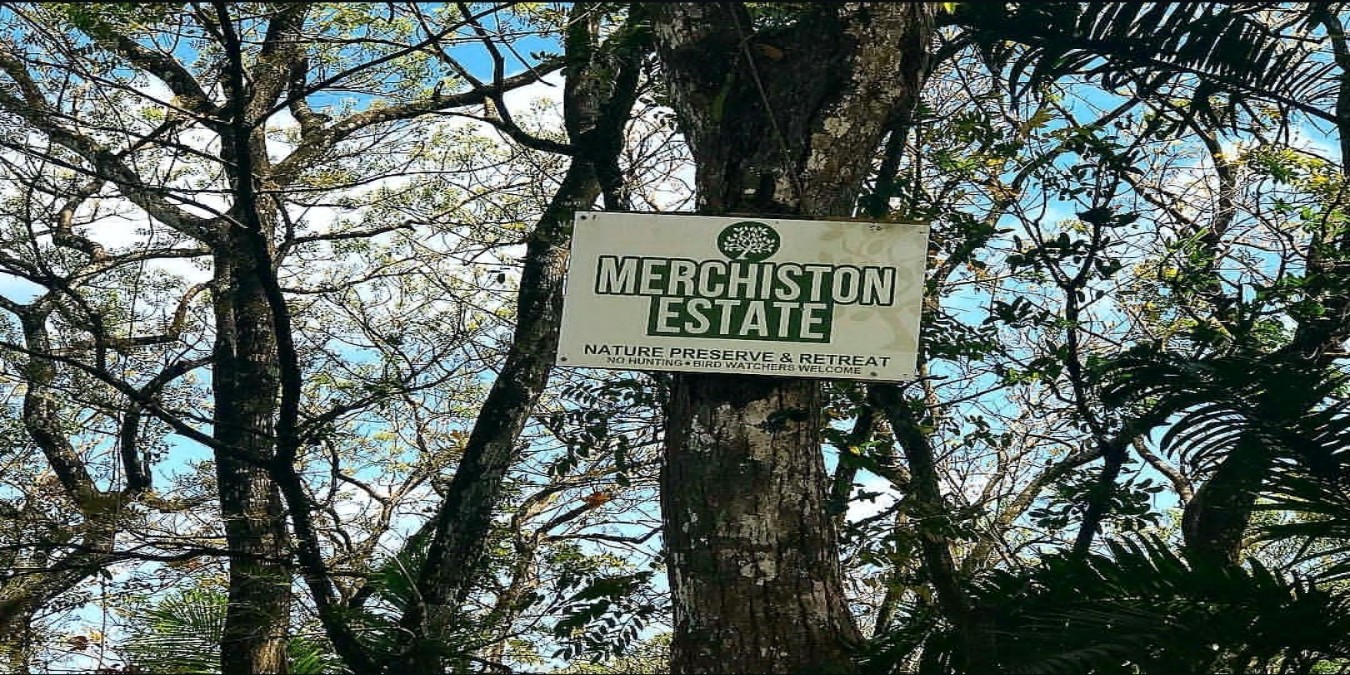Hidden within the quiet hills of St. Paul’s lies Merchiston Estate, one of Tobago’s lesser-known but deeply significant sugar plantations. Though time has softened its walls and nature now wraps its chimneys and stonework in green, the estate remains a powerful window into the island’s colonial past.
Founded during the height of Tobago’s sugar boom in the late 18th to early 19th century, Merchiston was once a thriving agricultural operation spanning hundreds of acres. Here, enslaved Africans laboured under the harsh rhythm of the sugar industry, cutting cane in the fields, stoking the fires of the boiling house, and tending the copper pans where raw cane juice was transformed into sugar and rum. The remains of these structures still survive today: iron sugar pans, old stone foundations, and the estate’s distinctive “worm tank”, an engineering feature used to cool and refine boiled syrup.
But Merchiston was more than an industrial site; it was a community, a landscape shaped by the lives, struggles, and resilience of the people who lived and worked there. Historical burial records even point to individuals connected to the estate, including 19th-century figures laid to rest on the grounds. Their stories are fragments of a larger narrative that still awaits full uncovering.
Like many Tobago estates, Merchiston’s fortunes began to fade in the mid-1800s. Emancipation transformed the island’s labour system, global sugar prices collapsed, and the once-booming plantation economy dwindled. Over time, the great house fell silent, the machinery rusted, and the fields returned to forest.
Today, the ruins of Merchiston Estate stand as a quiet monument, one that encourages reflection on Tobago’s plantation past, the endurance of its people, and the layers of heritage woven into the island’s landscape. For explorers, historians, and lovers of hidden Tobago, Merchiston is a place where history is not just learned… It’s felt.
Feel free to share your photos of the estate in the comment section!


Comments